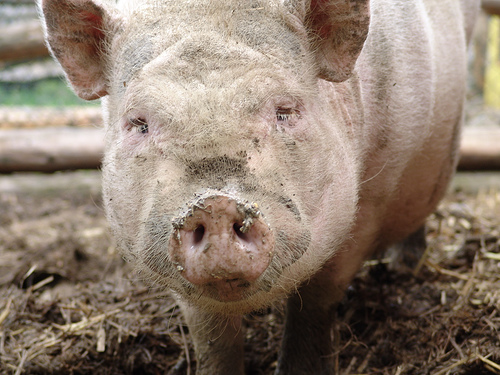
Men per woman:
- Northern Mariana Islands: 0.77
- Russia: 0.86
- Puerto Rico: 0.92
- United States: 0.97
- Canada: 0.98
- United Kingdom: 0.98
- Australia: 0.99
- Iceland: 1
- India: 1.06
- Greenland: 1.12
- Qatar: 1.87
The world average is 1.01.

Men per woman:
The world average is 1.01.
inkle
v. to attend a party to which one has not been invited
In crossing the Atlantic, in the month of November, 1749, the crew of an English ship observed a large ball of blue fire rolling on the water. It came down on them so fast, that before they could raise the main-tack, they observed the ball to rise almost perpendicularly, and within a few yards of the main chains: It went off with an explosion as if hundreds of cannon had been fired off simultaneously, and left behind it a great smell of brimstone. The main-top-mast was shattered into a thousand pieces, and spikes driven out of the main-mast which stuck in the main deck. Five seamen were knocked down, and one of them greatly burnt, by the explosion. The fireball was of the apparent size of a large mill-stone, and came from the N. E.
— Cabinet of Curiosities, Natural, Artificial, and Historical, 1822

In 1838, a man made history by having his boots polished.
The man, in the lower left, was the only thing standing still when Louis Daguerre took this photograph of a busy Parisian street. Because the film was exposed for 10 minutes, the rest of the traffic blurred into nothing — and the anonymous man became the first person ever to appear in a photograph.

It was an evening in November,
As I very well remember,
I was strolling down the street in drunken pride,
But my knees were all a-flutter,
And I landed in the gutter
And a pig came up and lay down by my side.
Yes, I lay there in the gutter
Thinking thoughts I could not utter,
When a colleen passing by did softly say
“You can tell a man who boozes
By the company he chooses” —
And the pig got up and slowly walked away.
— Anonymous

Lawrence Sterne, after a lifetime of peculiarities, and becoming notorious as an eccentric, curious and able writer, at his death was buried in a graveyard near Tyburn, belonging to the Parish of Mary-le-bone, and the ‘resurrection man’ disinterred his corpse and conveyed it to the professor of anatomy at Cambridge where being laid upon the dissecting table, was at once recognized by one of those present who knew him well while living.
— Bizarre Notes & Queries, February 1886
On April 25, 1908, the American liner St. Paul collided in the English Channel with the cruiser HMS Gladiator, killing 27 sailors.
Ten years later the St. Paul was chartered by the Navy to serve as a troopship in World War I. While in Brooklyn to be fitted out and repainted, she heeled over mysteriously in New York Harbor. Divers found that a port had been left open, flooding the lower boiler room.
No one ever discovered a reason for this, but it was noted that the St. Paul sank at 2:30 p.m. on April 25, 1918 — 10 years almost to the minute after she had sunk the Gladiator.

Henry Dudeney says this puzzle is “supposed to be Chinese, many hundreds of years old, and never fails to interest.” White to play and mate, moving each of the three pieces exactly once.
“Perfection is finally attained, not when there is no longer anything to add, but when there is no longer anything to take away.” — Antoine de Saint Exupéry
James, Earl of Lonsdale, sent a Christmas pie to King George III, which contained 9 geese, 2 tame ducks, 2 turkeys, 4 fowls, 6 pigeons, 6 wild ducks, 3 teals, 2 starlings, 12 partridges, 15 woodcocks, 2 Guinea fowls, 3 snipes, 6 plovers, 3 water-hens, 1 wild goose, 1 curlew, 46 yellow-hammers, 15 sparrows, 15 chaffinches, 2 larks, 4 thrushes, 12 fieldfares, 6 blackbirds, 20 rabbits, 1 leg of veal, half a ham, 3 bushels flour, and 2 stones of butter. It weighed 22 stones, was carried to London in a two horse wagon, and if it was not as dainty as the celebrated pie containing four-and-twenty blackbirds, which, when the pie was opened, began to sing, it was, at all events, a ‘dish to set before the king.’
— Bizarre Notes & Queries, January 1886